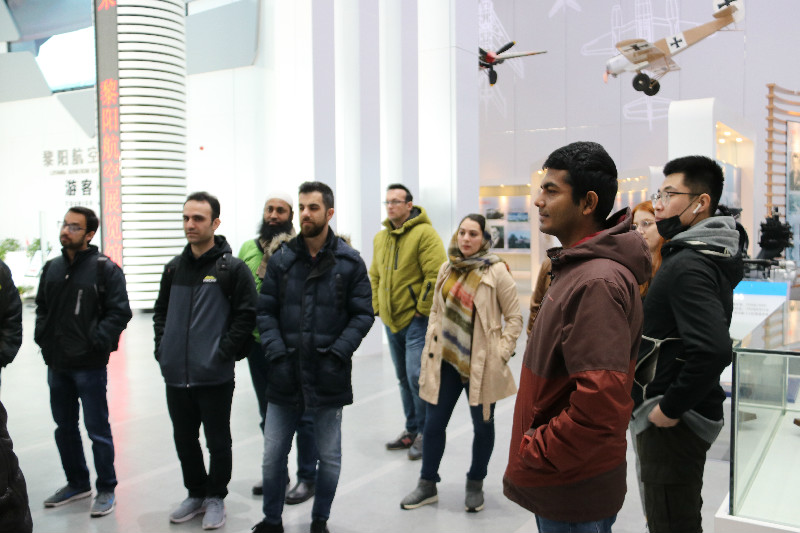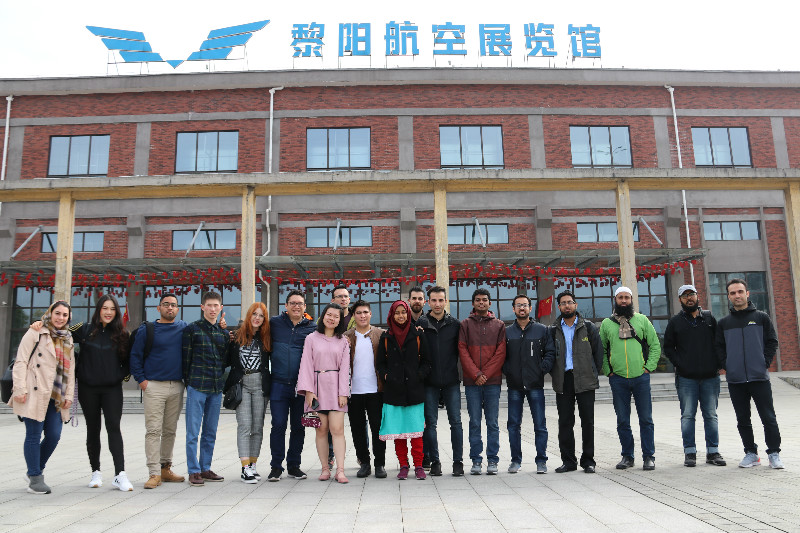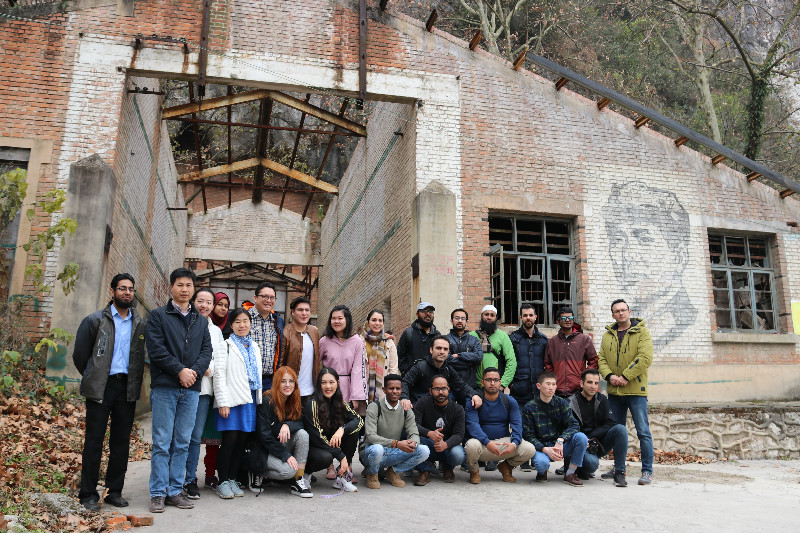December 16-17, 2019, another technical visit program of the Centre was lunched. Twenty (20) participants from 2018 entry, representative of the Centre and four (4) teachers participated in this program. This time the destination was the science base of Five Hundred Meter Aperture Spherical Telescope (FAST) which is located in Astronomy Town of PingTang (Kedu Town, Pingtang County, Bouyei and Miao Autonomous Prefecture, Guizhou Province, about 170km from Guiyang, the provincial capital of Guizhou). Here is the journal from ELYAS FADAKAR KASARI, 2018 DOCSTA participant:

“FAST is a national key scientific and technological project in the 11th Five Year Plan. It is jointly built by National Astronomical Observatory of the Chinese Academy of Sciences and Guizhou Provincial Government. FAST has gone through a long period of twenty-three (23) years from conception to completion, and it will maintain its international leading level in the next 20-30 years. FAST is currently the world’s largest single dish radio telescope, and is an important facility for detecting astronomical frontier topics. Its main scientific goals are to inspect the neutral hydrogen in the universe, discover new pulsars, lead the international very long baseline network, detect interstellar molecules, and search for extraterrestrial civilizations, etc. The establishment of FAST has enabled China to have a world-leading platform for astronomical observation and research, providing important support for China to carry out researches in the fields of the nature of “dark matter” and “dark energy”, the origin and evolution of the universe, the origin of space life and the search for extraterrestrial civilization.

This project has truly replayed the whole process of manipulating the “China Sky Eye” to observe the Universe, and guests can personally experience the attitude adjustment of the active reflection surface and feed cabin of FAST system and the process of processing and analyzing the received electromagnetic wave signals by astronomers.
Radio telescopes have only a short history of eighty (80) years, but they have gone through the development process of small to large, single antenna to multiple antennas, ground to space, and receiving signals from meter-wavelength band to submillimeter-wavelength band.
Other main parts of the Science Base of FAST which attracts more attentions are first the sculpture of a man pointing to the sky in the entrance hall. Actually, this is the sculpture of Qu Yuan the pioneering poet standing impressively between heaven and earth asking about the heaven. Qu Yuan is an outstanding representative of ancient Chinese intellectuals. His famous long poem “Tian wen (Asking about the heaven)” has been praised by historians as a masterpiece for thousands of years. The poem raised hundreds of questions about natural phenomena and nearly half are related to astronomy.
Second, the large dome space with a diameter of 15m where an immersion sky-watching experience is created with a huge dome screen and a fully enclosed view, which perfectly shows the unique beauty of the starry sky, interprets the unique connotation of constellations and stars, and opens a fascinating and direct celestial shock experience.
We have also found that Guizhou Asteroid, Qiannan Asteroid and Pingtang Asteroid are the only three asteroids named after Chinese province, prefecture and county, respectively. It's wonderful and also makes Guizhou people so proud.
For the second day, we also visited the Liyang aviation exhibition hall in Guiyang. After a brief introduction about the genesis of aviation technology worldwide we understood the important role of China during aviation history to independence in military aircraft construction and development. The importance of the development of aviation for the country and the great efforts and dedication of engineers also explained under the “three line construction” plan. An impressive visit of an aircraft engine factory which has been located in a cave, a remainder of all the sacrifices and hard endeavors for the development of the aviation of China, close to the location of the exhibition hall was the final episode of this scientific adventure. The trip was also included of some short visit of Guiyang tourist attractions like drum tower of the city and the ancient town.



It was a real exceptional scientific experience for every students and teachers who participated in. we have learned a lot from such a great program and we all are sure that there are so much more in China that can be learned which can not be found in any other place in the world. We are really grateful of the organizers of this program of the International School and the teachers who accompanied us during this trip and we hope to have the opportunity to be involved in similar future programs.”

